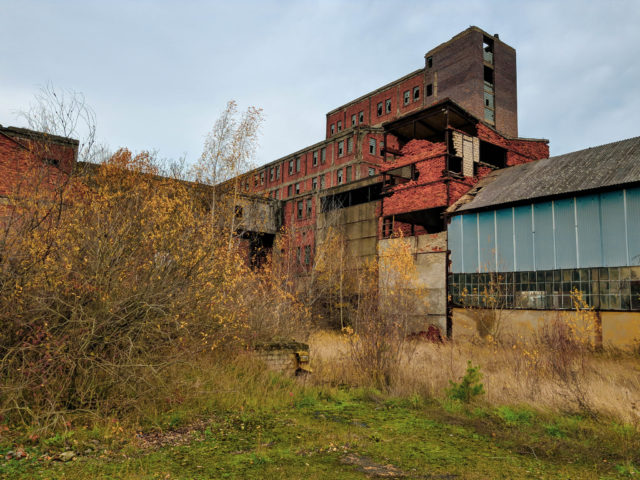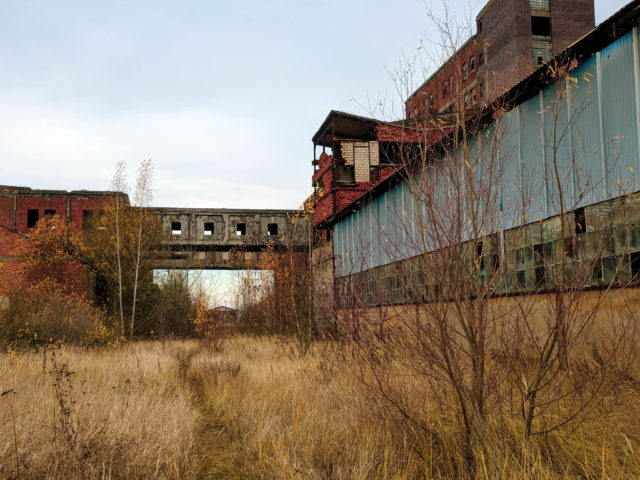The small village of Wapno in Poland is best known for its rock salt mining industry. It all started in 1828, when the 20-year-old owner of the village, Florian Wilkoński, was unhappy that the land was not suitable for arable farming.
However, he learned that the soil was rich in gypsum, so he decided to exploit this resource instead. He extracted about 200 tons of gypsum in the first year. In 1959, his company reached a production level of 5,000 tons annually after installing a mining steam engine six years earlier.
Florian was a political activist who participated in various uprisings and national liberation movements. Such activities brought him to the attention of the police, and their constant surveillance is cited as a reason why he decided to sell his estates in 1966.
From 1869 to 1873, the new owner of the land was Bolesław Moszczeński. He continued mining but also conducted tests as he suspected that the gypsum reserves were not inexhaustible. His research determined that there was rock salt underneath the gypsum deposits.
Despite this good news, careful calculations showed that it would take a significant investment to extract the rock salt and the resulting profits were not assured, so Moszczeński decided to sell the place on.
In 1897, a new owner appeared: the Bollmann company. During its time in ownership, the company managed to build a mill, warehouses, and a narrow-gauge railway in order to transport the gypsum from the mine to the railway station.
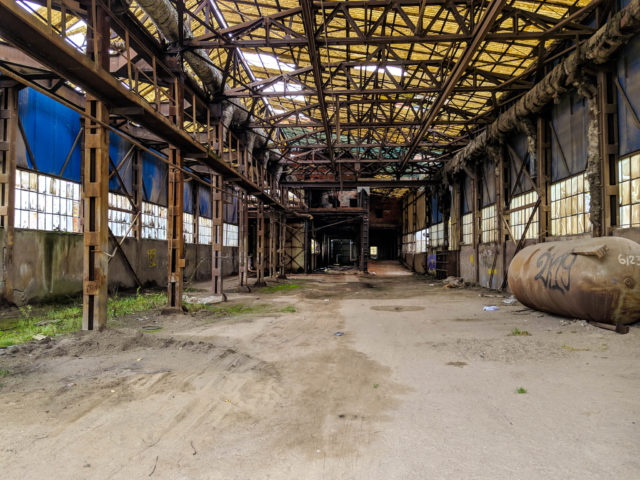
In 1907, the Belgian chemical company Solvay S.A. bought a mining permit for Wapno and a mine to extract the rock salt was finally founded in 1911. That same year, the first salt production was achieved when the shaft “Wapno I” was drilled.
After the creation of the salt mine, the village began to develop and attract more residents. From 1912 to 1917, salt was mined at a depth of 420m via shaft Wapno II. In the 1920s, the mine was expanded and a mechanized salt processing plant was built on the site.
In 1931, the mine was producing as much as 100,000 tons of salt annually. In 1935, the mine owners decided they had enough resources to finance the construction of a modern school for the children of the mineworkers. Profits from the mine also managed to cover the costs of the school’s equipment and supplies.
The Second World War started and during the conflict, the village of Wapno was renamed Salzhof. Throughout the war, the mine did not cease production, but afterward it was nationalized and expanded.
Around this time, it was discovered that the mine had a very weak insulation layer separating the mining works from underground water. This thin layer could prove dangerous if the mining extended into level III which lay at 230m (754ft). As a result, the company refrained from mining within that level.
The plant began to finance the construction of residential complexes for workers, and it also played a substantial and positive role in cultural, sports, and educational activities. At that time, more than half of all rock salt mined in Poland was mined here, and the village of Wapno became very prosperous.
In 1956, the company was renamed the Salt Mine Tadeusz Kosciuszko. In 1967-75, the company mined over 400,000 tons of salt per year, with part of the load being exported to other countries.
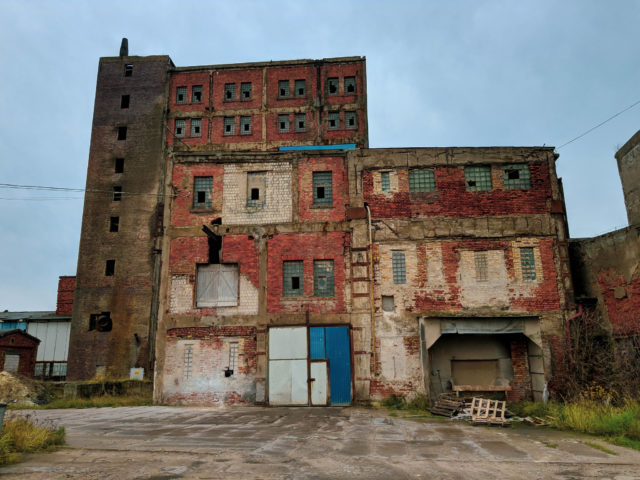
In the 1970s, the problem of the fragile insulating layer came to the fore when it was decided to extend mining operations to level III. As a result, the mine started to flood. The first, early leaks encountered in the 1970s were ignored, and the mine continued operations, with terrible consequences.
The date of August 5, 1977, marks one of the largest disasters in the history of the Polish mining industry. On the night of August 4-5, the groundwater level increased in the salt mine and flooded one level, breaking the insulation layer.
A pipeline measuring six kilometers (over three miles) was laid down very quickly, and water from a nearby lake flooded the mine fully in an effort to make the area safe. However, this did not prevent a sinkhole from opening up in the village on October 28. 1977. Forty buildings were destroyed while trees, roads, and railway tracks disappeared into the abyss.
About 1,400 residents were evacuated, some of them leaving the village forever. The disaster was kept out of the newspapers as it would not match the “propaganda of success” policy that was in place. The village remained inaccessible for about two years.
In the 1980s, work began on the repair and restoration of tanks so that auxiliary production could be carried out, but salt was no longer mined. In 1998, work stopped altogether. The whole area is still deemed to be unsafe and there is a continued risk of further destruction.
In 2018, the ruins of some of the former mine structures were entered into the register of immovable monuments of Greater Poland Voivodeship. These structures included a salt mill, a steam engine, and warehouses.
Insurers refuse to issue policies on this land because of the risk that the ground could collapse at any time, so it seems that the village of Wapno is going to remain abandoned forever.
A big thank you to Piotr Tichy for allowing us to use his great images from the abandoned salt mine in Wapno.
Piotr lives in Poland. His Flickr account is mostly dedicated to the abandoned places in his country. You should definitely check the amazingly detailed video taken at the abandoned salt mine on his Flickr account via this link.
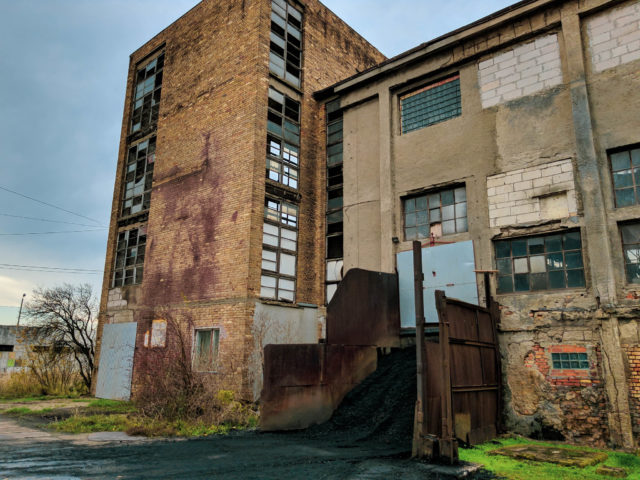

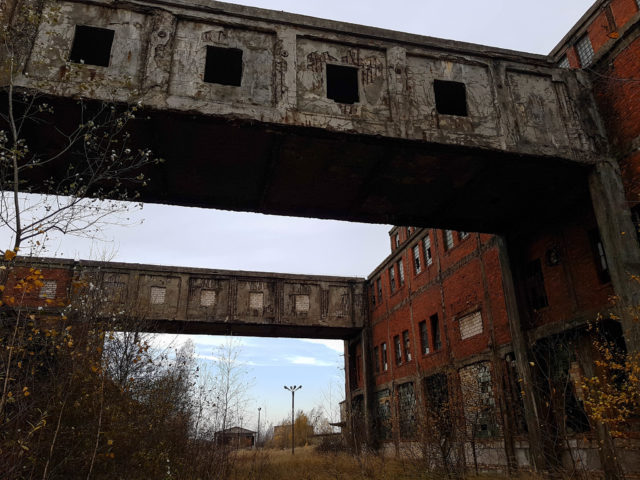
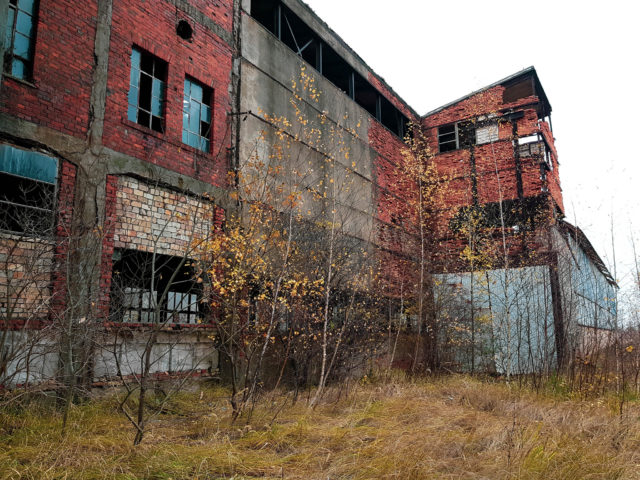
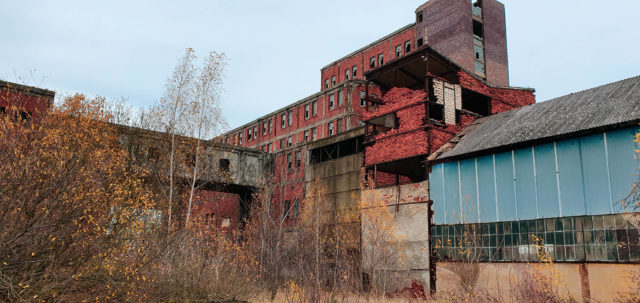
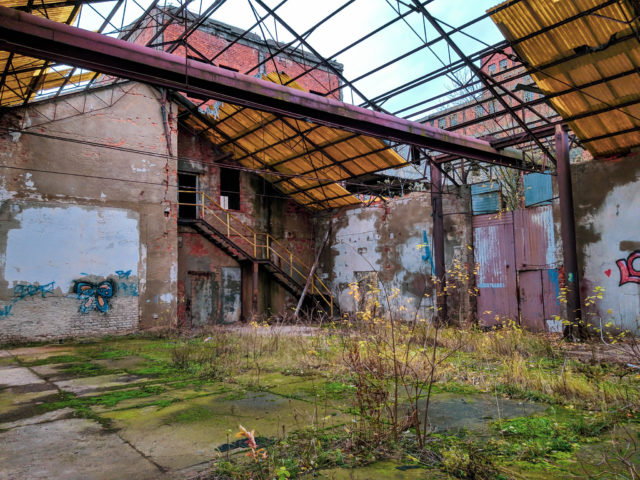
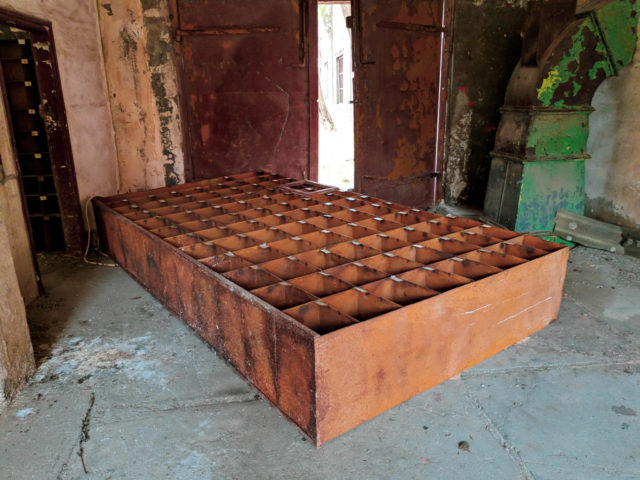
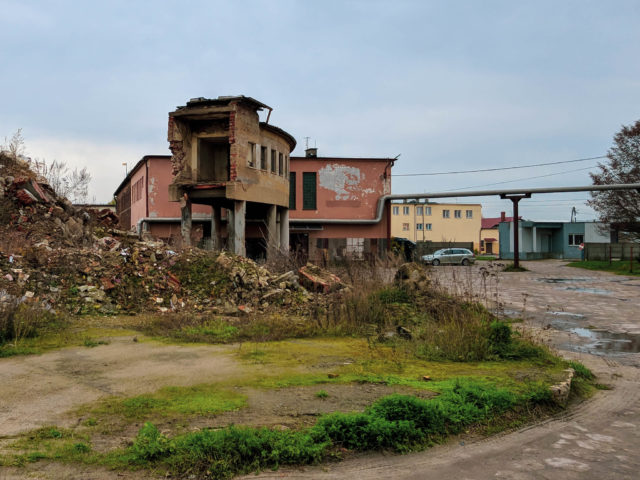
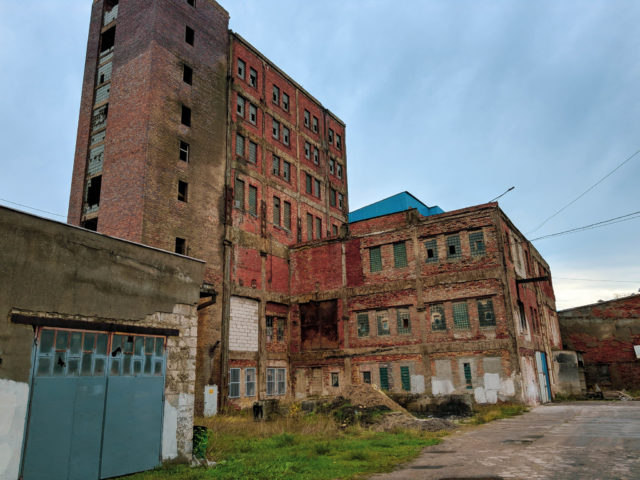
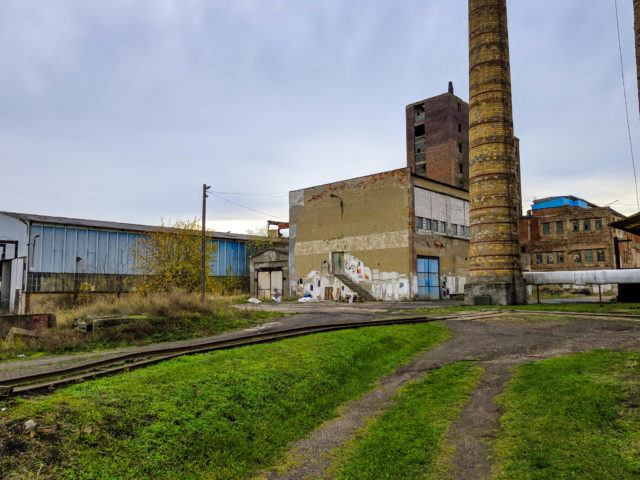
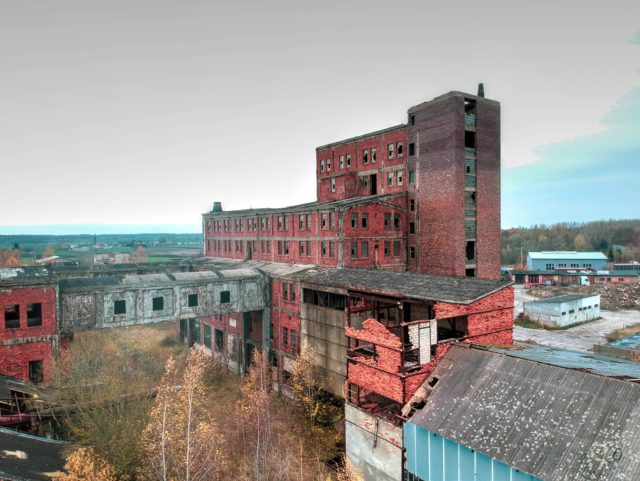
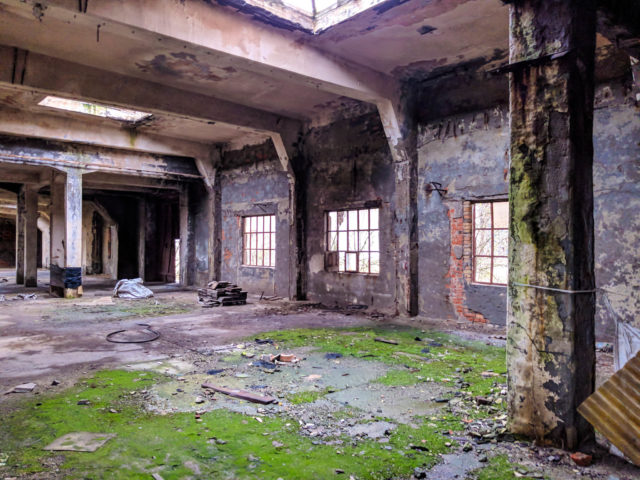
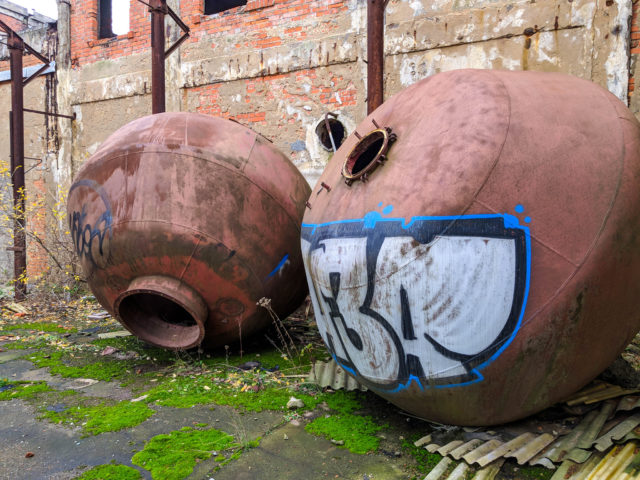
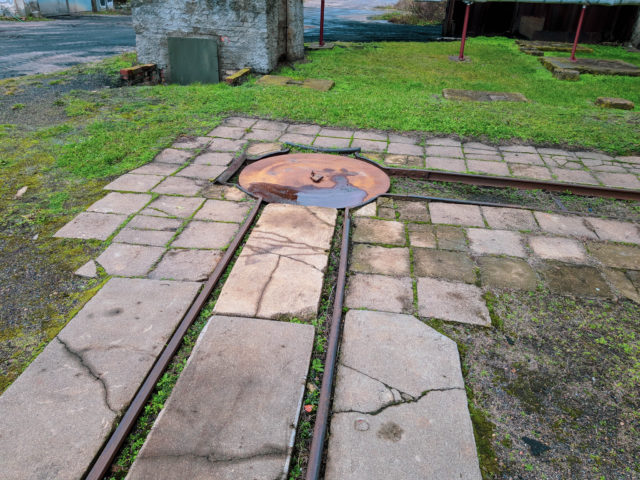
SS United States: A Fate Unknown
